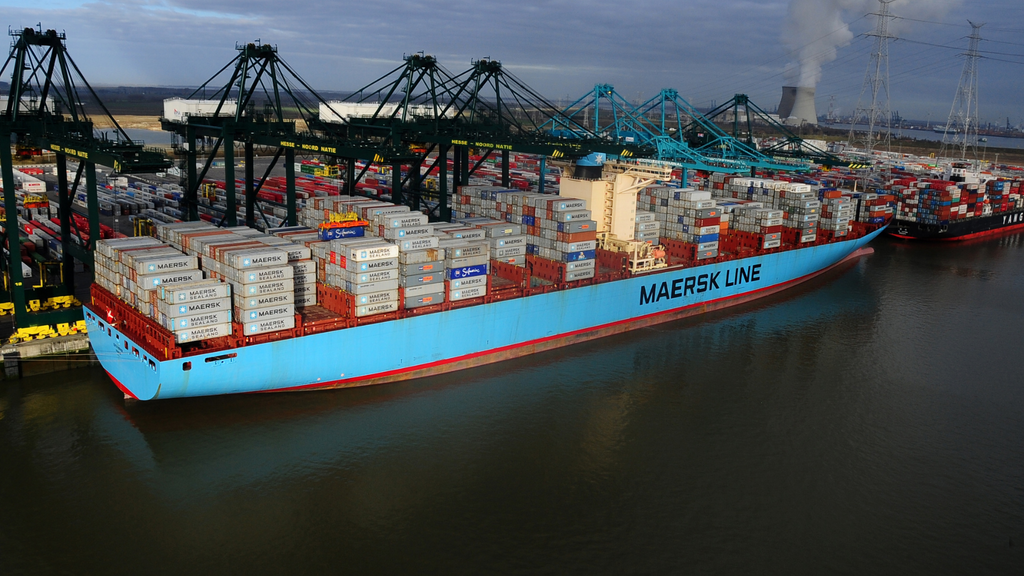Situated on the banks of the River Scheldt, approximately 88 km southeast of the North Sea, the Port of Antwerp holds a position of utmost importance in Europe's maritime landscape.
Once a humble lock and dock in 1811, the Port of Antwerp has evolved into Europe's second-largest shipping port, handling over 240 million tonnes of freight annually.
It serves as a vibrant hub for trade and industry, playing a pivotal role in the region's economic growth. The bustling activity of the North Sea with its constant commotion and busy shipping routes highlights the significance of the Scheldt estuary and the Port of Antwerp in facilitating the movement of container ships.
The North Sea witnesses a diverse array of vessels each day, including container ships, fishing boats and naval frigates. To ensure smooth navigation amidst this busy maritime traffic, designated routes have been meticulously designed to guide ships around various obstacles.
Dredging plays a vital role in the North Sea ports, ensuring unhindered movement of ships for both short and long-haul voyages, and Belgium has emerged as a global leader in this field. Collaborating with the Netherlands, Belgian companies like Jan De Nul and Deme, alongside Dutch counterparts like Royal Boskalis Westminster NV and Van Oord, boast the largest and most advanced fleet of dredging vessels in the world.
Gateway for trade
Belgium also assumes a significant role in short-sea shipping, acting as a crucial link for the transportation of goods and passengers between European ports and non-European coastal regions.
With regular fixed short sea and feeder sailings, the port links to an impressive 200 destinations in Europe and North Africa. This extensive network establishes the Port of Antwerp as a gateway for trade, enabling connections with 569 ports. Short-sea destinations account for a substantial portion of the port's cargo handling, with 47.9% of seaborne cargo and 38.8% of container throughput being transported to or from these destinations.
The Port of Antwerp has grown substantially over the past two decades. Handling over 240 million tonnes of freight annually and covering an area of approximately 130 km2, the port accommodates numerous terminals on both banks of the Scheldt.
It boasts remarkable features such as the world's largest dock lock, the Kieldrecht lock, and the Vrasendock, which stretches approximately 4.5 km and handles various commodities.
Related News
- Belgium and the Netherlands formalise joint purchase of new frigates
- Belgium-led international maritime operation: 1.5 tonnes of cocaine seized, 12 arrested
The Port of Antwerp's advantageous location within Europe contributes significantly to its appeal. Direct railway connections to cities like Frenkendorf in Switzerland, Neuss in Germany, among many others, enhance its accessibility and strengthen its position as an economic hub within Europe.
Keeping the waterways free and deep enough for international shipping is therefore essential, not only to Antwerp and Belgium, but Europe and the world beyond.

